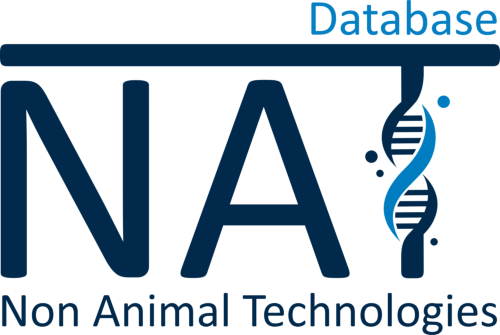Huntington’s disease modelled in patient-derived neurons
October 2022
Washington University School of Medicine, St. Louis, USA
Huntington’s disease (HD) is an inherited neurodegenerative disorder with adult-onset clinical symptoms, but the mechanism by which ageing drives the onset of neurodegeneration in patients with HD remains unclear. In this study striatal medium spiny neurons (MSNs) directly reprogrammed from fibroblasts of patients with HD were examined to model the age-dependent onset of pathology. It could be found that pronounced neuronal death occurred selectively in reprogrammed MSNs from symptomatic patients with HD (HD-MSNs) compared to MSNs derived from younger, pre-symptomatic patients (pre-HD-MSNs) and control MSNs from age-matched healthy individuals. Age-associated alterations in chromatin accessibility between HD-MSNs and pre-HD-MSNs were observed and the microRNA miR-29b-3p was identified, the age-associated upregulation which promotes HD-MSN degeneration. Reducing miR-29b-3p or chemically promoting autophagy increased the resilience of HD-MSNs against neurodegeneration. The results demonstrate miRNA upregulation with ageing in HD as a detrimental process driving MSN degeneration and potential approaches for enhancing autophagy and resilience of HD-MSNs.
Age-related Huntington’s disease progression modeled in directly reprogrammed patient-derived striatal neurons highlights impaired autophagy
Andrew S. Yoo
Added on: 11-21-2022
[1] https://www.nature.com/articles/s41593-022-01185-4





